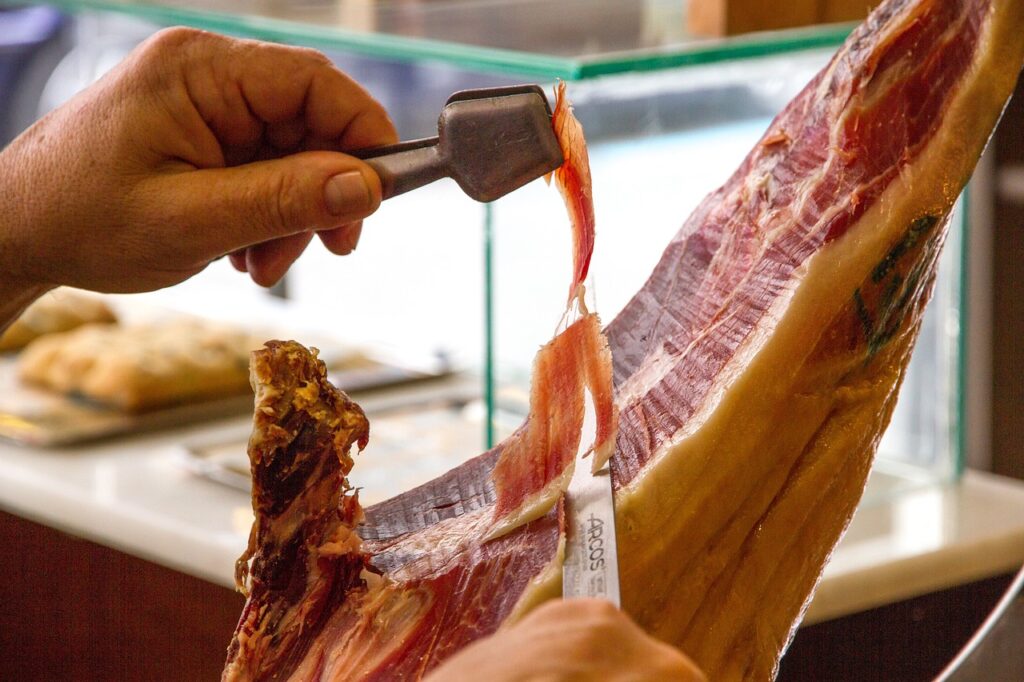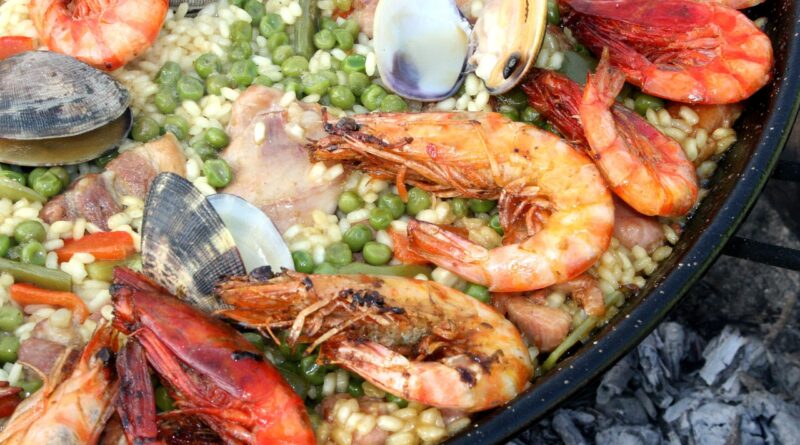Discover the Top 10 Nutritious Spanish Lunch Dishes
- Gazpacho – A chilled tomato-based soup that is a staple in Andalusia during the summer. It is made with ripe tomatoes, olive oil, garlic, bread, peppers, and cucumber.
- Paella – The iconic rice dish from the Valencia region, typically made with chicken or rabbit, saffron, runner beans, and butter beans. The key is using the right short-grain rice varieties like bomba or Calasparra.

- Tortilla Española – A classic Spanish omelet made with just eggs, potatoes, and sometimes onions. It can be served as a tapa, main dish, or in a sandwich.
- Gambas al ajillo – Shrimp cooked in olive oil with garlic and chili peppers. A popular tapas dish that showcases Spanish seafood.
- Tostas de tomate y jamón – Toasted bread rubbed with garlic and tomato, drizzled with olive oil and topped with slices of Iberian ham.

- Patatas bravas – Fried potato chunks served with a spicy tomato-based sauce, often made with paprika, olive oil, flour, and stock.
- Pollo al ajillo – Chicken cooked with unpeeled garlic cloves, rosemary, thyme, and sherry or white wine.
- Cochinillo asado – Roast suckling pig, a specialty dish in Segovia that is so tender it can be cut with a plate.
- Pisto – The Spanish version of ratatouille, made by slowly frying onions, garlic, zucchini, peppers, and tomatoes in olive oil.
- Seafood dishes – Spain’s coastal regions offer an abundance of fresh, healthy seafood like anchovies, tuna, sardines, and more, often simply prepared to highlight the natural flavors.
Macronutrients:
- The Spanish diet generally provides excess energy intake, exceeding the needs of men and women by 36% and 54% respectively.
- Protein consumption is 41% and 65% higher than recommended for men and women respectively, though the percentage of calories from protein (14.6%) falls within the recommended range.
- Lipid intake is high, with an excessive consumption of saturated fats and cholesterol, while monounsaturated and polyunsaturated fats are within recommendations.
- Carbohydrate intake is slightly lower than recommended, while fiber intake is adequate.
Micronutrients:
- There are deficits in iodine and vitamin D intake, as well as an excess of phosphorus.
- Fruit and vegetable consumption, while higher than reported by official sources, still does not meet dietary recommendations.
- Consumption of foods like nuts, legumes, and some fruits and vegetables is below the recommended range.
- There is high consumption of occasional foods like prepared dishes, baked goods, and sugary/alcoholic beverages.
In summary, the Spanish diet shows an overall imbalance, with excess energy, protein, and saturated fat, along with deficiencies in certain micronutrients like iodine and vitamin D. While the traditional Mediterranean-style dishes are generally healthy, modern eating habits have led to a drift away from the optimal nutritional profile.


